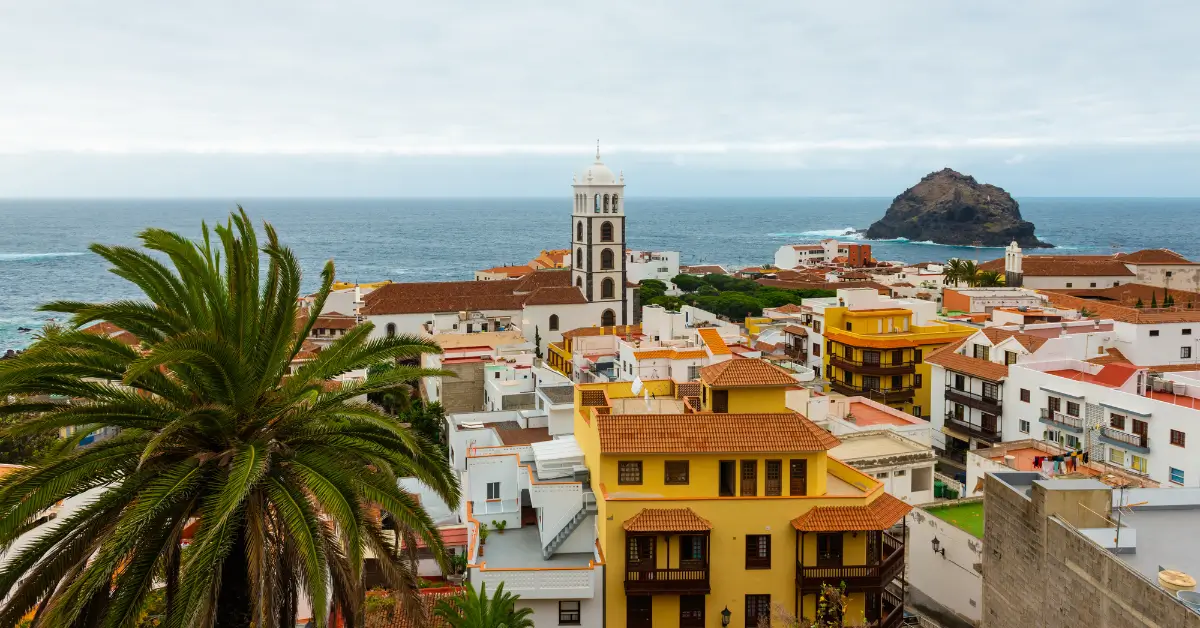Best Things to Do in Tenerife: Ultimate Guide for 2025
Tenerife basks in roughly 300 sunny days a year, making it a top pick when you crave reliable sun and mild winters.
This island is the largest of the main Canary Islands, born from volcanic forces and offering a mix of dramatic volcano views, lush north coasts, and bustling southern resorts. You’ll find easy access via Tenerife South airport, so planning a short winter escape or a longer trip is simple.
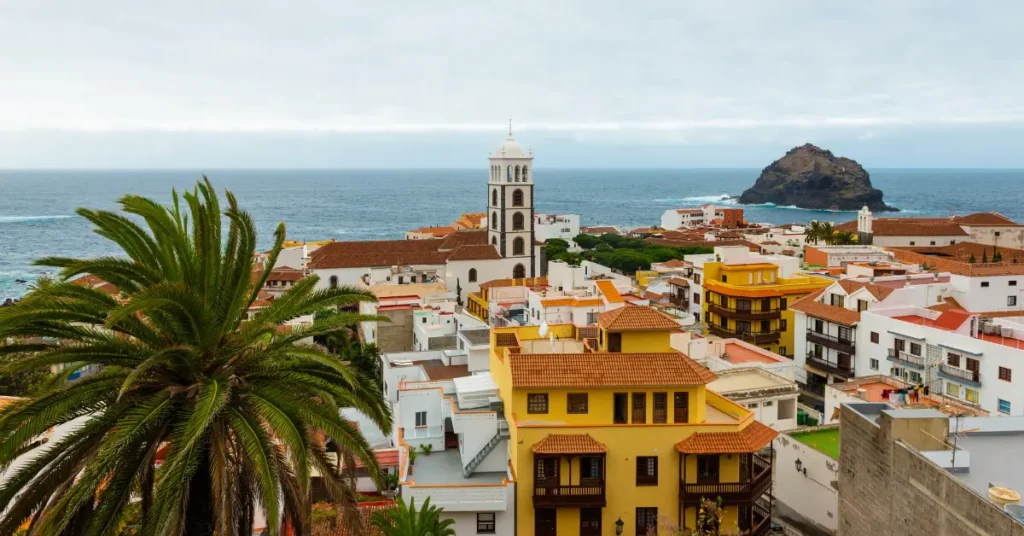
From world-class volcano hikes and stargazing at Teide to relaxed beach days and whale-watching boat tours, the island serves a range of activities for every pace. Affordable accommodation and options from apartment rentals to 5-star resort stays mean you can tailor your time without breaking the bank.
Use this guide to map smart routes: south for sunny beaches and lively spots, north for greener views and quieter places. You’ll leave with a clear plan for must-see viewpoints, local flavors, and smooth logistics for island-hopping or a day trip to Gran Canaria.
Best Things to Do in Tenerife
This Canary Island combines striking volcanic landscapes, green northern forests, and sunny southern beaches into one unforgettable destination — and it’s the perfect place to experience some of the best things to do in Tenerife.
Scan the top places fast: Teide National Park, Anaga laurel forests, Los Gigantes cliffs, Masca, natural sea pools, and whale watching. Plan each day so active mornings (hiking, tours) pair with relaxed afternoons (beaches, promenades).
Match your mood to a beach — family-friendly coves, golden sands, or raw volcanic shores. Cities like Santa Cruz, Puerto de la Cruz, and La Laguna offer museums, plazas, and standout local food that round out your trip.
| South | North | City highlights |
|---|---|---|
| Sunny beaches, resorts | Lush hiking, forests | La Laguna, Santa Cruz culture |
| Beach days & watersports | Cooler, green climate | Food, plazas, architecture |
Factor travel time between areas and add one food stop daily for papas arrugadas and mojo. Choose ethical wildlife tours and keep plans flexible for changing mountain or coastal conditions.
Marvel at Mount Teide in Teide National Park (UNESCO World Heritage)
A visit to Teide National Park feels like stepping onto another planet, with lava fields and towering peaks formed over thousands of years. Exploring Mount Teide is easily one of the best things to do in Tenerife, offering breathtaking scenery and unforgettable experiences.
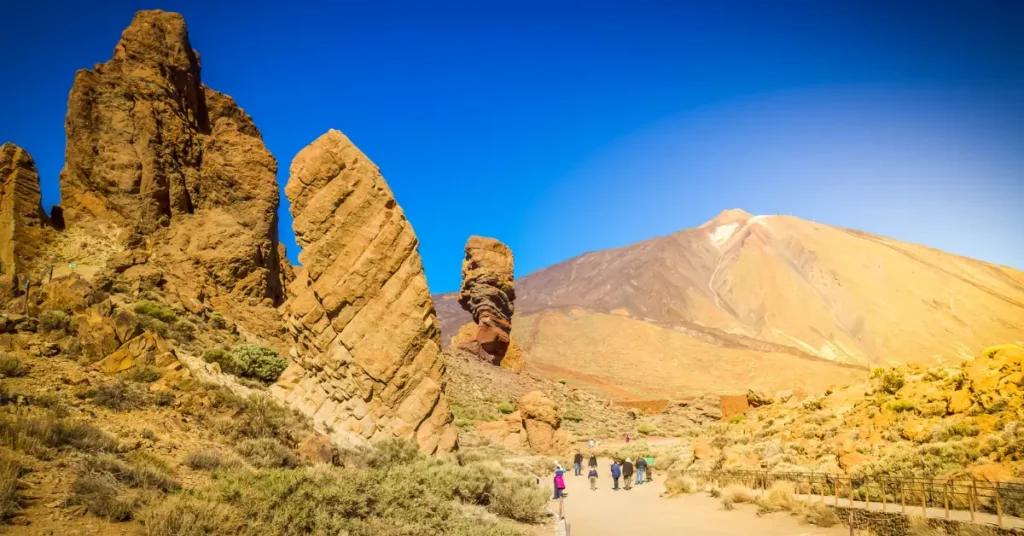
Mount Teide rises to 3,718 m and is Spain’s highest summit. The park became a world heritage site in 2007 and ranks among must-see places on the island.
Riding the cable car vs. hiking the Telesforo Bravo trail
Ride the cable car from 2,356 meters to La Rambleta at 3,555 meters for spectacular panoramic views. You’ll need a free permit, booked in advance, to hike the final 200 meters of the Telesforo Bravo trail.
When to go, permits, and what to pack
Apply early for peak permits; numbers are limited and slots fill fast. Pack layers, sun protection, water, and snacks. At high altitudes, the air is dry and the temperature can drop quickly.
Otherworldly rock formations
Plan stops at Roques de García, Montaña Blanca, and Pico Viejo to study dramatic rock formations and wide crater views. Driving gives you flexible stops, while a guided tour can handle permits and logistics.
| Access | Experience | Best time |
|---|---|---|
| Cable car | Fast, panoramic | Early morning |
| Hike (permit) | Summit challenge | Spring or fall |
| Guided tour | Permit + info | Any season with planning |
Stargaze under some of Europe’s clearest skies
When darkness falls over the island, Mount Teide becomes a front-row seat to the cosmos. Tenerife’s high elevation and minimal light pollution make it one of the top stargazing destinations in Europe. Nights on the slopes reveal bright constellations and Milky Way views you rarely see elsewhere.
Plan your visit around moon phases and cloud cover for the best time under pristine skies. Pick a safe viewpoint on Mount Teide or join a guided stargazing tour that brings telescopes and expert narration.
Temperatures drop quickly after dark at altitude, so dress in warm layers and bring red-light headlamps, hot drinks, and snacks. Arrive before nightfall to orient yourself and let your eyes adapt for richer views.
| Access | Best time | Gear |
|---|---|---|
| Drive to safe viewpoint or join a guided tour | Moonless nights and clear skies | Warm layers, tripod, red light |
| Verify road status and fuel if self-driving | Sunset into late night for combined views | Telescopes on tours; wide-angle lens for photos |
Final tip: keep noise and light low, check ranger advisories for wind or weather, and enjoy one of the planet’s most memorable night skies at Teide National Park.
Sail to Los Gigantes and its towering sea cliffs
Sail past towering basalt cliffs that rise like dark fortress walls above the ocean along Tenerife’s western coast. These dramatic cliffs climb to roughly 600 m inside Teno Rural Park, where vertical rock meets deep, blue water.
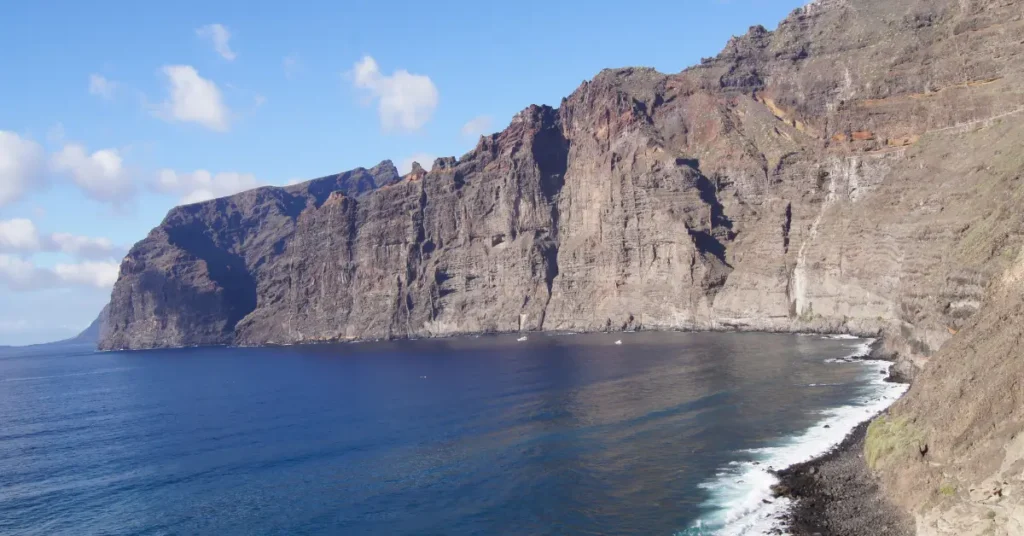
The easiest way to feel their scale is by booking a boat tour along the coast. Boats bring you close enough to see sea caves, vertical rock textures, and waters that plunge to around 30 m.
Top viewpoints and planning tips
Hit Mirador Archipenque for a classic land-based panorama between Tamaimo and Puerto de Santiago. From that spot you can scan the resort harbor and, on clear days, La Gomera’s outline.
Choose a catamaran for space, a small boat for intimacy, or pick an eco-certified operator for responsible wildlife viewing. Time your outing for calm mornings or golden-hour light for dramatic cliff colors.
| Access | What you see | Practical tip |
|---|---|---|
| Boat tour along the coast | Vertical cliffs, sea caves, deep waters | Pack a dry bag, lens cloth, and reef-safe sunscreen |
| Mirador Archipenque (land) | Wide panorama, harbor, La Gomera view | Combine with roadside pullouts for extra spots |
| Los Gigantes town | Restaurants, services, beach access | Book tours ahead in peak season |
Explore Masca’s dramatic ravine and cliffside village
Masca sits on steep stone terraces in the Teno Mountains and rewards patient travelers with sweeping views and a tranquil vibe.
The winding mountain way to Masca is beautiful but narrow. Drive with care and expect slow sections and tight hairpins.
Parking is limited to a small lot of a few dozen spaces, so consider public transport rather than a car to save time and frustration.
Getting there safely, trail reservations, and time on site
Wear sturdy shoes—paths are steep and some stones are polished and slippery. Carry water and sun protection; shade is scarce late in the morning.
Allow about 60–90 minutes to wander viewpoints, sip coffee, and take photos. If you plan a ravine hike, check current rules: some routes need reservations or are closed for safety.
| Tip | Why it matters | When |
|---|---|---|
| Use public transport | Avoid parking delays | Any day with visitors |
| Sturdy footwear | Prevents slips on polished stones | All seasons |
| Combine with Los Gigantes | Nice island west loop and coastal views | Morning or late afternoon |
Respect local life, stay on marked paths, and plan your return time if you intend to reach the beach or a shuttle service that same afternoon.
Go whale and dolphin watching between Tenerife and La Gomera
Head offshore where steep island coasts meet deep water and you’ll soon see why this channel attracts regular marine visitors. A resident population of pilot whales patrols these waters year-round, and bottlenose dolphins turn up frequently near fish farms and coastal shoals.
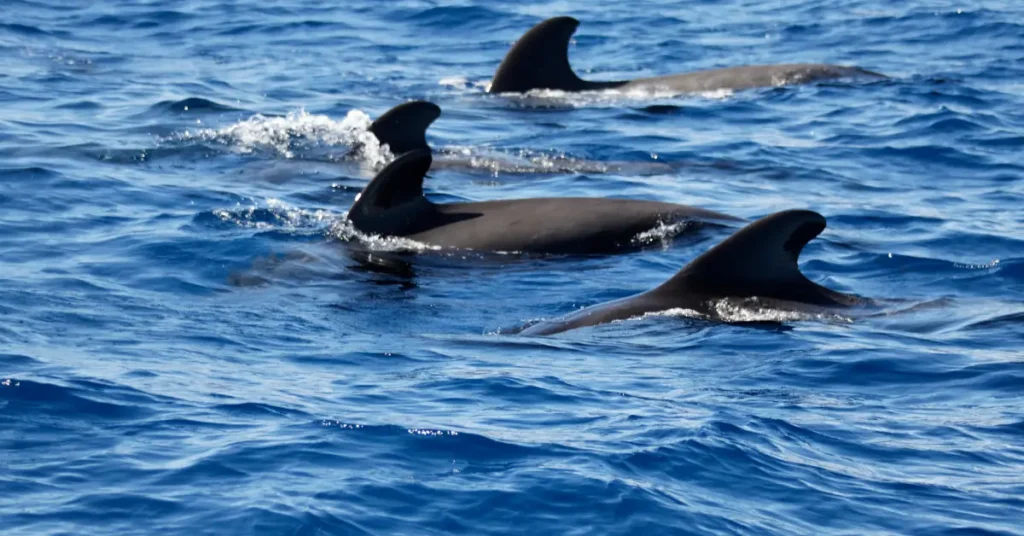
Resident pods and ethical, no-chase cruises
Pick an eco-certified tour that follows no-chase rules. Operators that respect distance reduce stress on animals and still deliver excellent viewing chances.
Tip: listen to crew briefings on species ID and behavior to get the most from your time at sea.
Choosing catamarans, eco-yachts, or small boats
Catamarans give you space and stability for photography. Eco-yachts and smaller boats offer a more intimate experience with fewer guests and quicker maneuvering.
Departures run from Los Gigantes, Costa Adeje, and Los Cristianos, so you can combine the outing with beach time or a coastal lunch.
| When | Why | What to bring |
|---|---|---|
| Morning | Calmer seas, better light | Zoom lens, dry bag |
| Swim-stop tours | Clear water after wildlife viewing | Snorkel gear, towel |
| Any season | Resident pods year-round | Layers, motion-sickness remedy |
Keep expectations flexible: sightings vary, but choosing a responsible tour and the right boat boosts your odds of a memorable water experience.
Swim in Tenerife’s natural sea pools and lava coves
Natural sea pools pepper the island’s north and west coasts, offering calm water tucked behind cooled lava walls.
Head for signature places such as El Caletón (Garachico), La Laja, Alcalá, Puerto Santiago, Charco del Viento, and nearby Crab Island. Many pools have steps or terraces; others are raw rock and need care.
Top spots and quick safety tips
Time your visit for mid to low tide and calmer morning hours for easier entries and clearer visibility.
Use ladders and marked entry points where provided. Volcanic rock can be sharp and slippery, so wear water shoes and carry a dry bag.
| Spot | Ideal hours | Why go |
|---|---|---|
| El Caletón (Garachico) | Morning | Protected pools, clear water for snorkeling |
| La Laja | Mid-low tide | Natural terraces and calmer swims |
| Puerto Santiago | Early hours | Combine pools with a seaside lunch |
Always read posted safety boards and follow lifeguard advice if present. Keep a respectful distance from small marine life in tide pools, and pack out all trash.
Discover the ancient Cueva del Viento lava tube in Icod de los Vinos
Cueva del Viento stretches for about 18 kilometers, making it one of the longest volcanic lava tubes in the world. When you visit, a guided tour takes you through selected passages carved by flowing lava over thousands of years on this island.
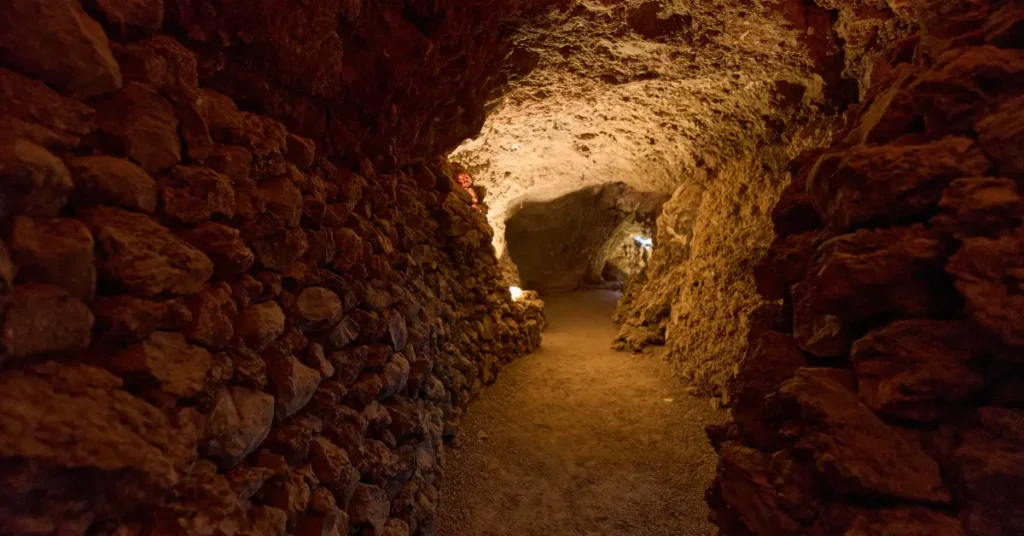
Expect uneven terrain and low ceilings. Tours are not suitable for children under five or those with mobility limits. Helmets and lamps are usually provided, but wear sturdy shoes and dress in layers—the underground stays cool regardless of surface weather.
Your guide will point out unique formations and fossils embedded in basaltic rock. Photography is often restricted, so focus on listening and observing for the best experience. Book a guided visit in advance; capacity is limited to protect fragile surfaces and ensure a quality group.
| Feature | What to expect | Practical tip |
|---|---|---|
| Length | About 18 km of passages | Guided tours cover select sections |
| Highlights | Multilevel passages, mineral crusts, fossils | Flash photography often not allowed |
| Accessibility | Not suitable for young children or limited mobility | Book ahead and arrive early to check in |
Hike Barranco del Infierno in Adeje’s protected reserve
Barranco del Infierno packs steep walls, seasonal cascades, and Guanche cave sites into a single reserve near Adeje. The route is a regulated 6.5 km out-and-back trail inside a Special Nature Reserve.
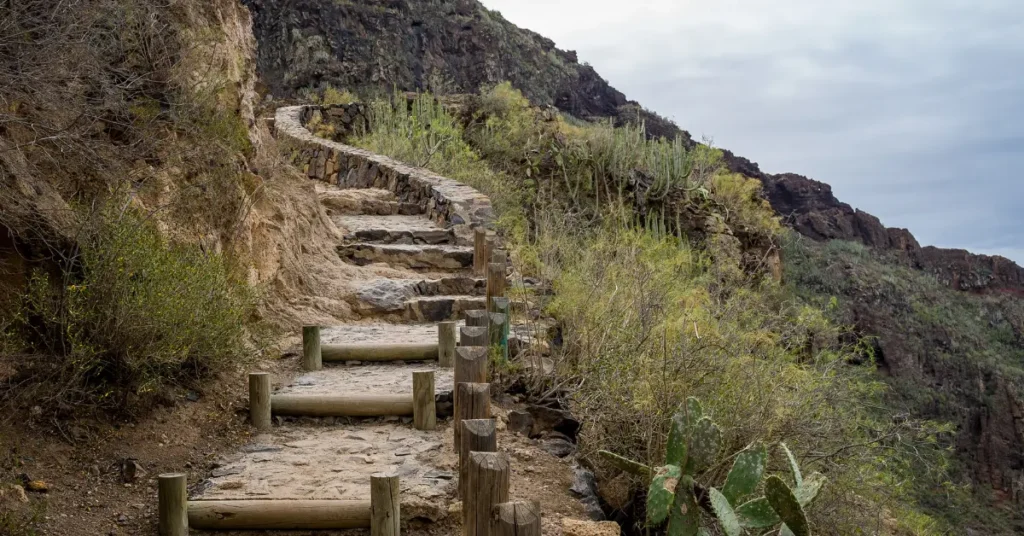
Reserve your slot ahead of time—visitor numbers are capped and you must book an entry time. Plan for roughly three hours round-trip, allowing extra time for photos and pauses at viewpoints.
Wear sturdy shoes, bring water, sun protection, and a light snack. Shade appears and disappears along the canyon; start early for cooler hours and quieter trails.
If you arrive by car, get there a bit early to park, check in, and use facilities. Check water levels before you go—falls like the seasonal Caidero can be dramatic in winter and spring.
Stay on the marked path; the canyon’s flora and archaeological features are fragile. After your hike, consider lunch in Adeje or a south-coast beach stop for a relaxed finish to your day on the island.
| Feature | What to expect | Practical tip |
|---|---|---|
| Trail length | 6.5 km out-and-back | Reserve a timed entry in advance |
| Duration | About 3 hours round-trip | Start early for cooler hours |
| Highlights | Gorges, waterfalls, Guanche archaeology | Wear sturdy shoes and bring water |
Wander the laurel forests of Anaga Rural Park (UNESCO Biosphere)
Head into Anaga and you’ll find cloud-wreathed laurisilva, narrow villages, and dramatic ocean views that reward the slow traveler.
Anaga was declared a unesco world heritage area in the form of a Biosphere Reserve, protecting ancient laurel forests and deep ravines. This corner of the island feels remote, with hummocky ridges and fern-draped tunnels.
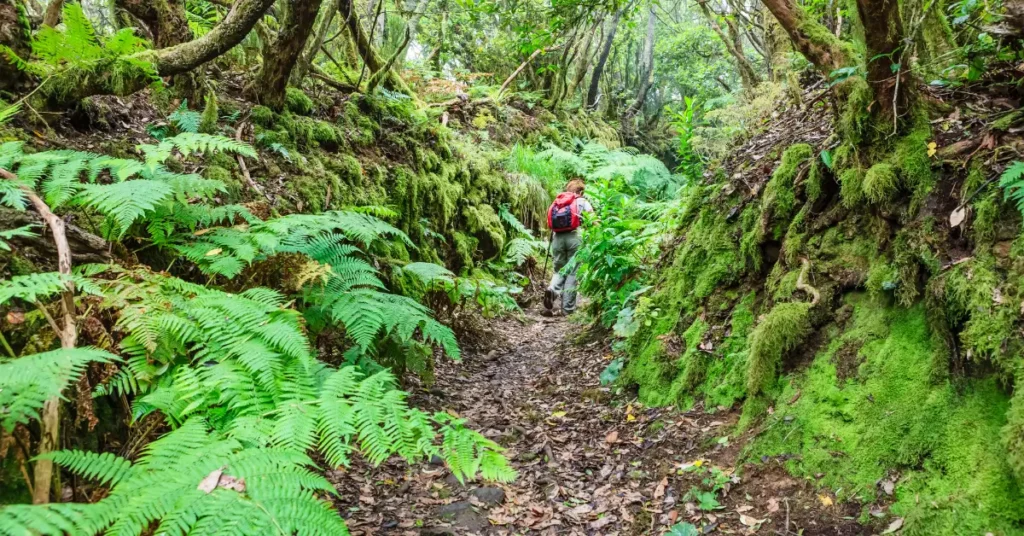
Plan ahead for El Pijaral: the Enchanted Forest trail requires permits to protect one of the largest fern concentrations. Access rules keep this world heritage site-level ecosystem healthy.
Follow winding roads to misty miradores (viewpoints), then enjoy a mix of short ridge walks and peaceful forest trails. Finish your journey in Benijo, where black-sand waves crash against dramatic stacked cliffs.. Taganana is the nearby village with limited services—pack snacks and water.
| What | Why | Tip |
|---|---|---|
| El Pijaral | Protected fern groves | Apply early for permits |
| Benijo | Dramatic coastal views | Expect steep steps to the shore |
| Miradores | Photo-ready outlooks | Visit weekday mornings for fewer crowds |
Respect village life, wear sturdy shoes for wet paths, and seek signed spots and viewpoints. Combine this area with La Laguna for a fuller visit to the north and its coastal places.
City-hopping: Santa Cruz, Puerto de la Cruz, and La Laguna
Turn a single day into a lively city tour that pairs waterfront cafés with centuries-old plazas and lush gardens. This loop is ideal if you want a mix of modern sights, historic streets, and coastal relaxation on the island.
Santa Cruz de Tenerife: Plaza de España, Auditorio, and Las Teresitas
Start at Plaza de España for cafés and people-watching, then walk to the Auditorio to admire its sweeping curves. Finish with sun and sand at Las Teresitas for a beach break near the capital.
Puerto de la Cruz: Lago Martiánez, Botanical Garden, and Playa Jardín
Spend a relaxed day between César Manrique’s Lago Martiánez seawater pools and the 1788 Botanical Garden. Walk down to Playa Jardín for dramatic black sand and a coastal stroll.
San Cristóbal de La Laguna: colonial streets and World Heritage charm
Stroll La Laguna’s colorful courtyards, colonial mansions, and churches in the UNESCO-listed center. The tram links you easily with Santa Cruz for a smooth transfer.
| City | Highlights | Why visit |
|---|---|---|
| Santa Cruz | Plaza de España, Auditorio, Las Teresitas | Modern architecture, waterfront cafés, easy tram links |
| Puerto de la Cruz | Lago Martiánez, Botanical Garden, Playa Jardín | Gardens, pools, black-sand beaches for calm afternoons |
| La Laguna | Colonial streets, museums, plazas | UNESCO charm and quiet historical exploration |
Plan meals at local restaurants for fresh fish and papas arrugadas with mojo, and pick a central hotel near transit to hop between places without parking stress.
Use a guided tour if your time is tight, or reserve one relaxing day for this cultural circuit. If you’re staying near Los Gigantes, a city day gives a nice contrast to west-coast views and beaches.
Relax on Tenerife’s best beaches, from golden sands to black volcanic shores
Pick a shoreline that matches your mood—busy promenades, wind-swept bays, or quiet black-sand coves. The south coast has sunny, serviced beaches while the north holds dramatic volcanic sand and calmer garden-front shores.
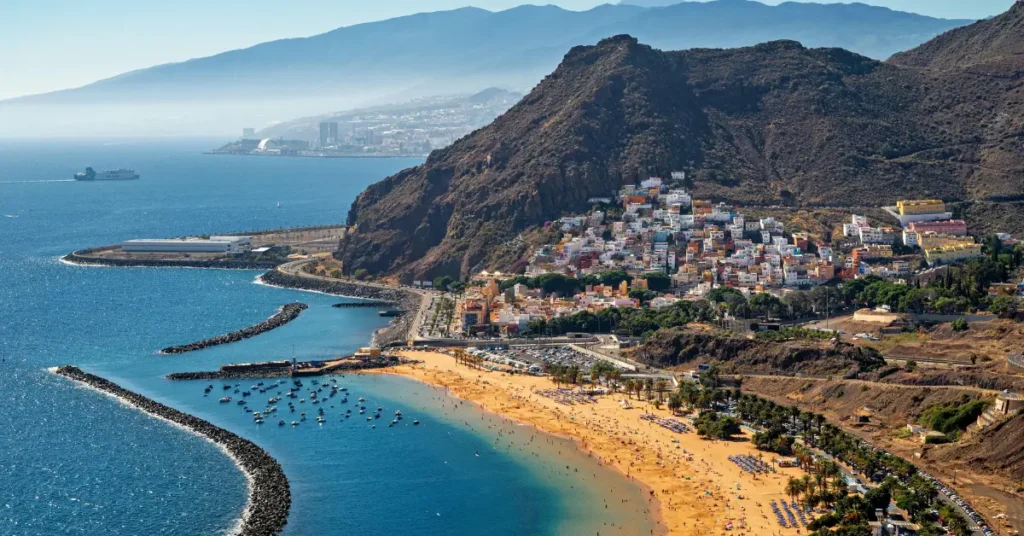
South coast favorites: Playa de las Américas, Costa Adeje, and El Médano
Costa Adeje and Playa de las Américas offer long promenades, rentals, showers, and lifeguards for easy logistics. El Médano is the island’s kite- and wind-surf hub, perfect if you want an active water experience.
Quieter coves and family-friendly spots: Playa de la Pinta and Los Morteros
For families, Playa de la Pinta has sheltered waters and nearby restaurants. Los Morteros is a quieter, more natural cove—bring water, snacks, and shade because services are limited.
| Spot | Vibe | Practical tip |
|---|---|---|
| Costa Adeje | Resort, busy promenade | Arrive early for parking; lifeguards present |
| El Médano | Wind sports, lively | Check wind forecasts; rentals available |
| Playa de la Pinta / Los Morteros | Family calm / natural cove | Pinta: restaurants nearby. Morteros: bring supplies |
Expect black volcanic sands like Playa Jardín in the north and imported golden sand in parts of the south. If you’re based near Los Gigantes, combine cliff views with an afternoon at a shore for varied places and a relaxing sunset walk.
Day trip to La Gomera: Garajonay National Park and cliffside vistas
A short ferry ride from Tenerife opens a contrasting island of misty forests and cliff-edge views.
Book a guided tour or ferry for a smooth day excursion; crossings link Tenerife and La Gomera across calm waters. Start early so you see San Sebastián’s Torre del Conde, stroll the slow plaza, and taste local specialties before inland drives.
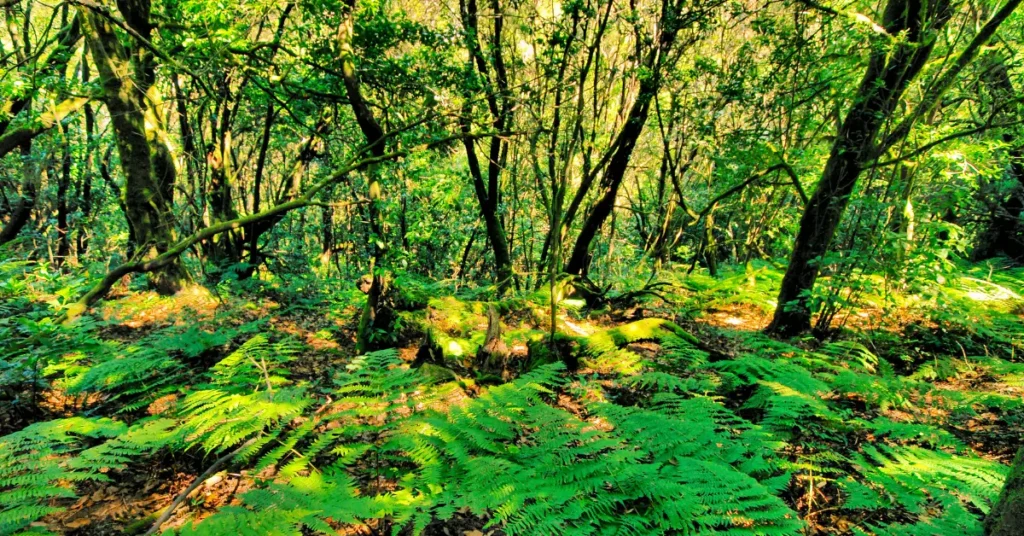
Garajonay National Park is a UNESCO site with mossy laurel forests and short, ethereal trails. On clear days miradores deliver views back toward Mount Teide—perfect for wide landscape shots and close-up forest detail.
Pack layers and rain protection for the park’s microclimate. If you drive, check rental rules about island crossings; guided tours remove that worry and include scenic stops at coastal viewpoints and terraces.
| Access | Highlights | Practical tip |
|---|---|---|
| Ferry or guided tour from Tenerife | Garajonay cloud forest, Torre del Conde, miradores | Start early; book ferries or tour slots in advance |
| Island roads and short hikes | Terraced slopes, deep ravines, panoramic views | Bring layers, rain jacket, and motion relief for the crossing |
| Photography-friendly stops | Forest textures and long island panoramas | Bring a mid-zoom lens and plan golden-hour shots |
Tip: weave this trip tenerife add-on into your itinerary for a memorable second-island contrast within the Canary Islands and the wider island world.
See Tenerife’s iconic symbols and curiosities
Pause your coastal loop for two emblematic sites: the storied dragon tree in Icod and the curated pyramids at Güímar. Both are compact, easy stops that give a strong sense of local history and oddities you won’t forget.
El Drago Milenario — Icod de los Vinos
The Drago Milenario is believed to be hundreds of years old and rises roughly 18–22 m with a trunk over 20 m around. See it up close in Parque del Drago or frame it from the church square in the nearby village for classic photos.
Why it matters: the tree’s red “dragon’s blood” resin appears in Canary Islands lore and local craft traditions. Snap shots from multiple angles to capture its sculptural canopy.
Pyramids of Güímar Ethnographic Park
Explore stepped structures with a modern museum and themed botanical gardens that even feature poisonous plants. Thor Heyerdahl helped protect the site in the 1990s, and displays make origins and theories easy to follow.
Tip: combine both stops in one loop, go early to avoid coach crowds, and check opening hours before you visit.
| Site | Why visit | Practical tip |
|---|---|---|
| Drago Milenario | Ancient-looking tree with sculptural form | See from Parque del Drago or the church square |
| Pyramids of Güímar | Stepped complexes, museum, gardens | Guided displays explain archaeology and botany |
| Icod town | Relaxed plazas and cafés nearby | Wear comfortable shoes for garden paths |
Taste Tenerife: papas arrugadas, mojo sauces, and Fresh Flavors
Local flavors—salted potatoes, bright mojos, and fresh fish—tell you a lot about life here. Papas arrugadas are small, wrinkled potatoes boiled in salt until the skins tighten and the flavor pops.
Order them the moment you sit down. They come with mojo rojo and mojo verde, and each kitchen has its own twist. Many potato varieties have been grown on the islands since the 1600s, giving the dish real history.
Pair papas with grilled vieja or the day’s catch at coastal restaurants for a true sense of place.

| Item | Why order | Tip |
|---|---|---|
| Papas arrugadas | Signature salty bite with mojo | Share as a starter for full sampling |
| Grilled vieja | Classic coastal fish | Pair with a white from local vineyards |
| Gofio dessert | Traditional cereal-based sweet | Try after lunch at a village café |
Use lunch as a cultural break on your trip. Visit markets for cheeses and baked goods, reserve seaside spots at peak hours, and end sunsets with tapas and a glass of local wine for a simple, memorable experience.
Plan your trip: where to stay, how to get around, and when to visit
Where you stay shapes your days. Pick a neighborhood that fits your pace—sunny resort life, cliffside adventures, or greener quiet mornings.
Best bases by travel style
Costa Adeje and Los Cristianos suit resort convenience and easy beaches.
Los Gigantes puts you close to Teno hikes and dramatic cliffs.
| Base | Vibe | Why choose |
|---|---|---|
| Costa Adeje | Resort, lively | Promenades, many accommodation options |
| Los Gigantes | Adventure, cliffs | Great for hikes and boat departures |
| Puerto de la Cruz | Green, calm | Closer to laurel forests and cooler climate |
Car rentals, public transport, and boat tours made easy
Rent a car for freedom; reserve automatics early and check parking at your hotel. Keep fuel topped before mountain days.
Use buses and the Santa Cruz–La Laguna tram for budget city hops. Book a boat tour online to lock preferred departure time.
Climate by area and season
The south is sunnier; the north is cooler and lusher. January averages about 17°C with roughly six sunshine hours—good for winter sun.
Account for Jan 1 and Jan 6 closures, and prebook teide national park cable car or permits, or join a guided teide national tour to simplify logistics.
Conclusion
,Wrap up your trip with a mix of mountain peaks, quiet coves, and lively coastal towns that match your pace.
You’re set to blend time at Teide National Park with lazy beach hours and a boat trip past Los Gigantes’ cliffs. Slot a whale-and-dolphin cruise and a stargazing night near Mount Teide for unforgettable views.
Pick the places you love—trails, plazas, or waterside restaurants—and add one new activity for surprise. Consider a La Gomera day or plan Gran Canaria next to extend your canary islands momentum.
Book permits and tours early, pack layers and reef-safe sunscreen, and leave room for flexibility. With this trip tenerife checklist, your days will flow with calm and discovery.

